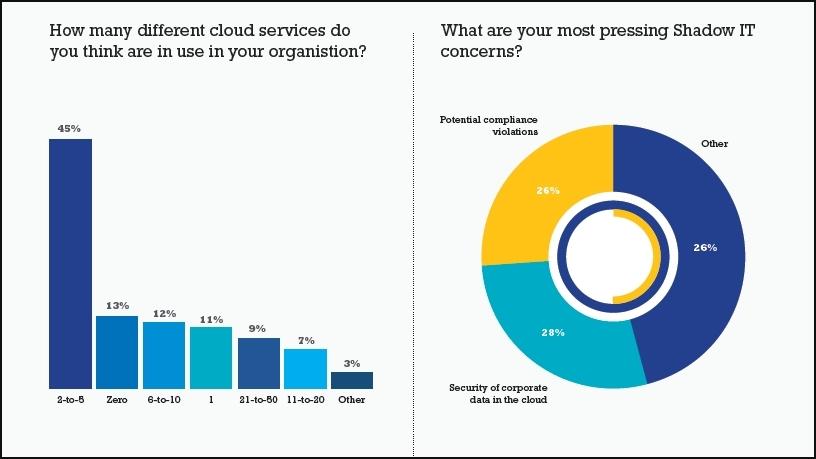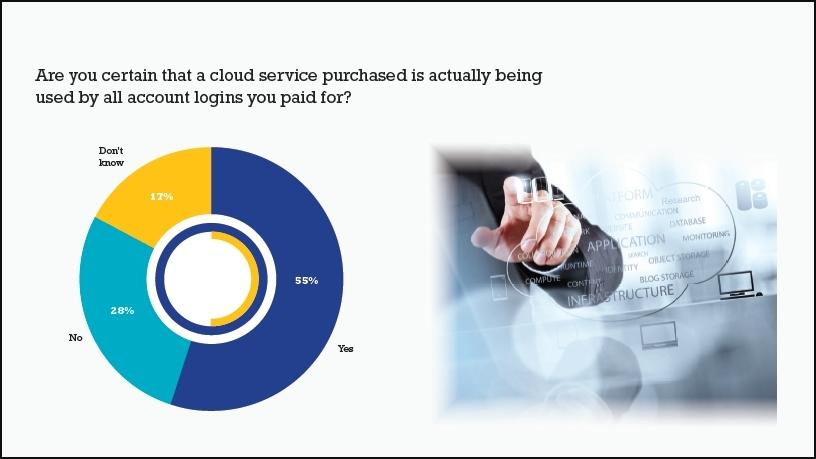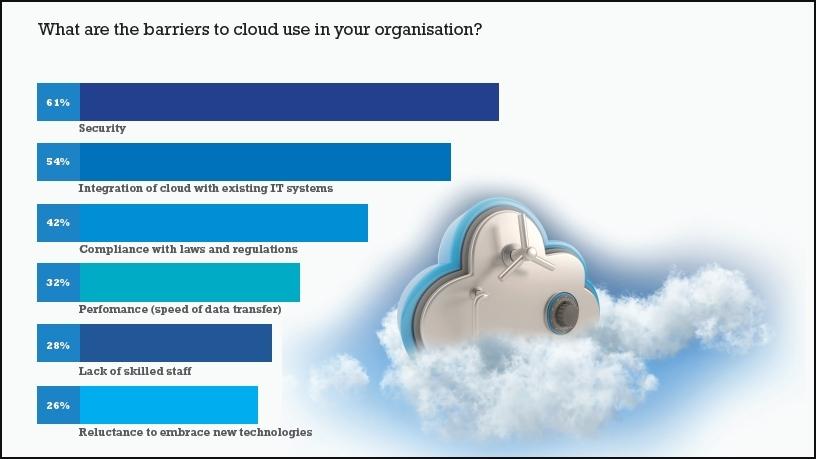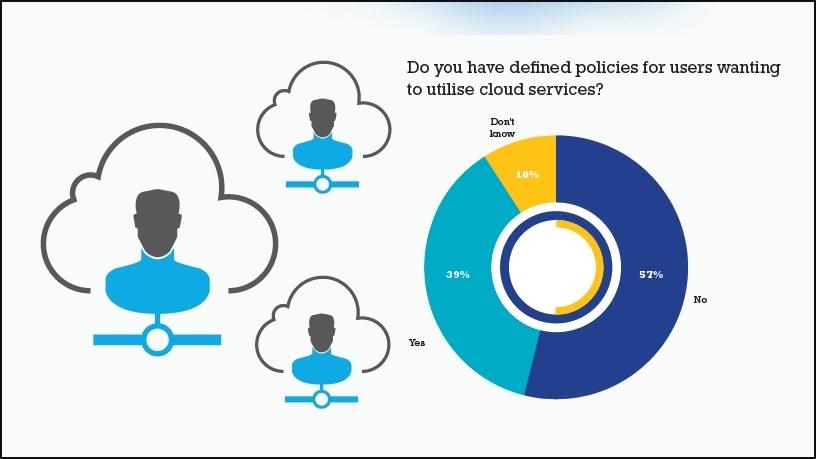
Almost half of local organisations are not sure if a purchased cloud service is used by all the account logins paid for by the company.
This is according to a Shadow IT Survey run by ITWeb and T-Systems, in partnership with Symantec, which aimed to determine, among other things, the current business attitude towards cloud services.
The survey respondents were largely IT professionals and senior executives from a variety of South African public and private sector organisations.
Shadow IT is a term used to describe IT systems and solutions built and used inside organisations without the explicit approval of the organisation.
Around 42% of respondents admitted that between two and five of their cloud services have been formally approved by their organisation, while 19% said none had been approved.
"We have found that organisations have hugely underestimated their exposure to apps, which could have inherent risks to business. Typical organisations estimate their exposure to be under 50 applications, where the reality (postaudit) indicates that exposure could be as much as ten to 15 times that," says Jon Hamlet, country manager at Symantec SA.
Hamlet advises companies to conduct a shadow IT audit to get an accurate reflection of their cloud application usage. This will enable implementation of effective strategies for cloud adoption, he says.
Security (61%) emerged as the biggest barrier to using cloud services, integration of cloud with existing IT systems (53%) came out as the second biggest barrier. Another 41% of respondents admitted that compliance laws and regulations hinder their use of cloud.
Although the use of cloud in the enterprise has helped employees become more efficient and productive in their jobs, it has also brought security challenges to the business, notes security experts.
Gartner predicts 95% of cloud security incidents will be the customer's fault.
"Shadow IT is growing and is an unstoppable force. If governed, managed and guided appropriately to mitigate the risks, shadow IT can create a lot of value for the organisation - but if left unguided and controlled, it can destroy business value," says the research firm.
It is alarming that over half (50.6%) of respondents, admitted to not having defined policies for users wanting to utilise cloud services, while 39% do.
Use of SaaS
The survey further found, while the majority of respondents (71%) believe that the use of SaaS within their organisation will increase in the next two years, a very small percentage (3%) believe it will decrease.
According to SaaS portal - serviceoriented.com, a demand-user view of software is set to dominate, with suppliers making software available on central servers on a pay-per-use basis.
A research report by Gigaom research, reveals a staggering 81% of line-of-business employees admitted using unauthorised SaaS applications. When it comes to enterprise-grade file-sharing solutions in the enterprise, Dropbox was used without the IT department's authorisation in 38% of the organisations.
Business continuity (18%), performance (16%) and agility/ employee productivity (18%) were cited as some of the main benefits of cloud adoption.
About the survey
The 2017 Shadow IT Survey, in partnership with T-Systems and Symantec, was run online on ITWeb for a period of two weeks to gain insight into the shadow IT strategies of SA organisations.
1 Current business attitude toward cloud services;
2 On average how many cloud services are being used within an organisation;
3 Barriers that organisations feel prevent cloud adoption.
Who responded
* A total of 104 responses were received for the Data Management Survey.
* 26% of respondents are CEOs or MDs and 36% middle management.
* 35% of survey respondents are from fairly large companies with between 501-5000 employees and 14% are from multinationals with over 10 000 employees.




Share